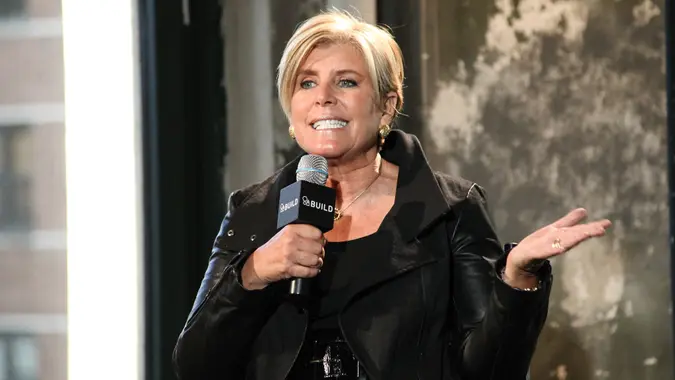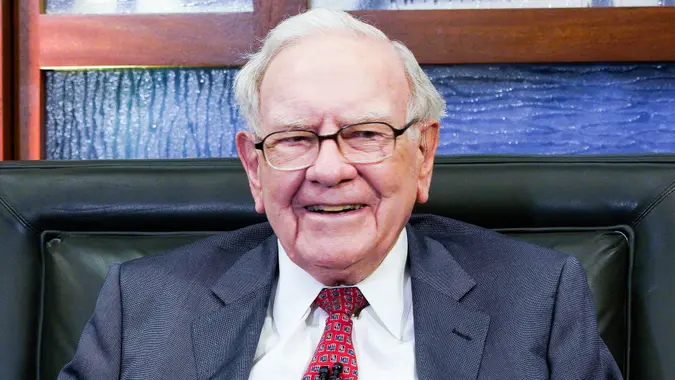Weekly Jobless Claims Decrease as Omicron Loosens its Grip

Commitment to Our Readers
GOBankingRates' editorial team is committed to bringing you unbiased reviews and information. We use data-driven methodologies to evaluate financial products and services - our reviews and ratings are not influenced by advertisers. You can read more about our editorial guidelines and our products and services review methodology.

20 Years
Helping You Live Richer

Reviewed
by Experts

Trusted by
Millions of Readers
In the week ending January 22, the advance figure for seasonally adjusted initial claims was 260,000, a decrease of 30,000 from the previous week’s revised level, and the lowest level in four weeks, according to the Labor Department.
The previous week’s level was revised up by 4,000 to 290,000 from 286,000, according to the Labor Department.
The weekly figure is also below analysts’ estimates, which called for 265,000 applications, according to Bloomberg.
Last week’s four-week moving average, which smooths out volatility, was 247,000, an increase of 15,000 from the previous week’s revised average. The previous week’s average was revised up by 1,000 to 232,000, from 231,000.
Ashley Paterson, CEO of Healthy Hippo Holdings, told GOBankingRates that despite the instability that we are seeing in the job market, she is hopeful.
“The pandemic has encouraged many eager entrepreneurs to open their own businesses which in return means more job opportunities for the younger generations and a wider range of industries that people can choose from,” Paterson said.
However, in a sign that The Great Resignation is still far from over, the number of Americans who quit their jobs in November hit a record high, with 4.5 million people leaving jobs. This follows October’s 4.2 million quits, according to the Labor Department’s Job Openings and Labor Turnover Survey (JOLTS) report that came out on Jan. 4, as GOBankingRates previously reported.
“Employers are still doing a lot to try to keep workers on staff because they know it’s hard to hire right now,” Aaron Sojourner, an economist at the University of Minnesota told The Wall Street Journal, describing employees unexpectedly missing work because of COVID-19 as the biggest consequence of the surge in cases.
More From GOBankingRates:
- One-Third of People Have $100 or Less in Their Checking Accounts, Survey Shows — Here’s How Much Experts Say You Should Actually Have
- Gen Z and Millennials Favor National and Online Banks, Survey Shows — What Does That Mean for the Future of Credit Unions?
- Top Bank Account Promotions for January 2022 – Avoid Fees and Earn Up to $1,500
- 40% of Women Have Less Than $100 in Their Savings Accounts, New Survey Finds
 Written by
Written by 

























